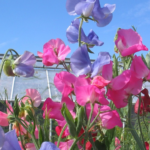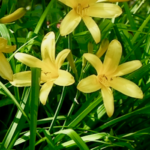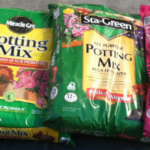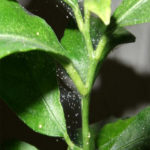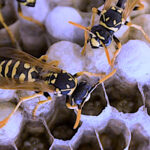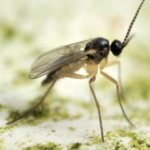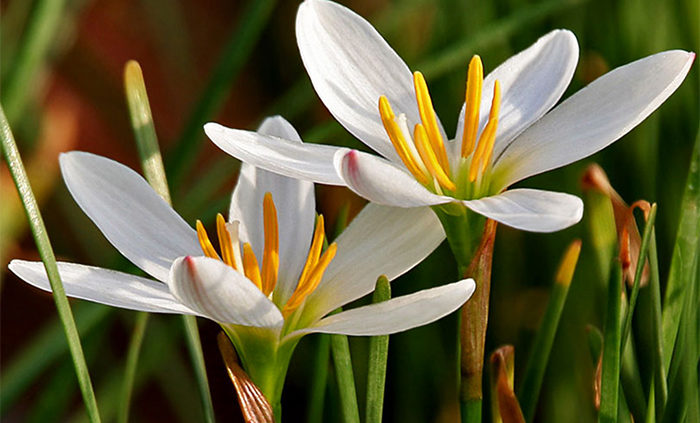
Zephyranthes Bulbs
Zephyranthes Bulbs And Its Varieties
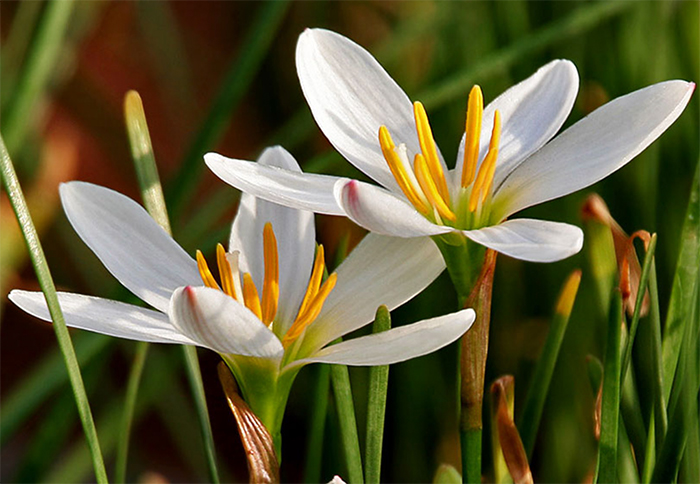
Zephyranthes plants are also known as rain lilies or storm lilies. They are petite plants which produce starry flowers. They belong to amaryllis family and it is said there are more than 70 species of the plant. These plants with bulbs can produce flowers on and off from winter to midsummer and do grow well in areas with little water. I notice the number of flowers seems to increase every year. The plant has grass like slender and long foliage. In summer flowering is triggered by moisture and hence the name rain lilies. During the autumn the plants die back to become dormant. The Zephyranthes plants will start the growth in the next season after the dormancy period. They are low maintenance plants and are suitable for areas with limited space. They are great garden fillers and will cover the bare spots in your garden.
Varieties of Zephyranthes
Different varieties and cultivars of the plant are available in the market place. Zephyranthes flowers vary in size and colour and will have different bloom time. Each bout of flowers will last only for one or two days. The commonly available varieties are given below
- Zephyranthes Rosea – These varieties are very common and produce pink blooms. Each stem will produce multiple flowers.
- Zephyranthes Candida – These white flowering varieties are highly drought resistant and hardy
- Zephyranthes Flavissima – These Plants have attractive yellow blooms
How to grow Zephyranthes?
All varieties grow well in garden beds and with their abundant flush of booms certainly, pack a punch grown in containers whatever colour you choose. These plants require full sun, but can also survive in light shade in hot climates. The plant requires well drained soil for growth. Though they require rain to trigger flowering, they cannot thrive in soggy conditions. Plant the bulbs 2 inches deep in the soil and provide a spacing of at least 3-4 inches between the bulbs. After planting rain lily bulbs require a good amount of watering. Within a few weeks, the bulbs will start producing new foliage. The flowers will appear in summer. Once established, the plant needs very little water. Once the blooming is finished, the leaves will produce the food for the dormancy period and will store it in the bulbs. During the autumn, the leaves of the plant will turn yellow and at this time the foliage can be removed.
Tips for growing Zephyranthes
It is not difficult to grow Zephyranthes if the conditions are favourable and are planted in the right area. They do not grow more than one foot or 30cm in height. The following tips will help in growing the plant in your garden easily.
- In hot areas, ensure that the bulbs are planted in areas where shade is available during the afternoon.
- Rain lilies need watering during dormancy. Watering them once in a week to provide 1 inch of moisture will be ideal to produce flowers during summer.
- Try to divide and move the bulbs only when the garden bed or pot becomes overcrowded.
- Keep the planting area prepared before you dig out the bulbs for planting in a new location. The bulbs do not tolerate being out of the soil for a longer period.
- An advantage is growing these bulbs in pots for shelter if you experience temperatures lower than -2 degrees C or else the rain lily plants can get injured.
- It is better to plant the bulbs during autumn.
The foliage of the plant may die back if you neglect the plant but will re-grow its foliage once you start watering the plant.
Zephyranthes Species, Rain Lily, Storm Lily, Zephyr Lily, Fairy Lily, Rainlily.




